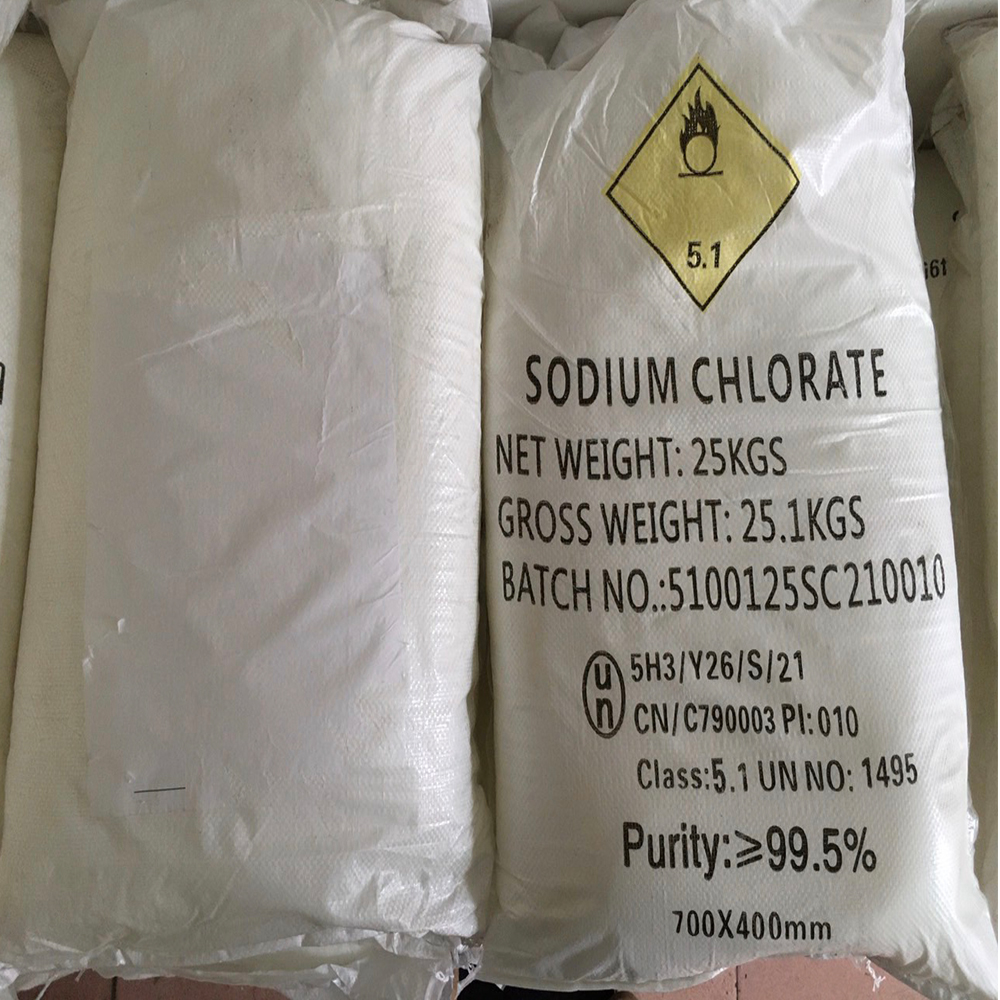



prepare potassium ethyl xanthate
Preparation of Potassium Ethyl Xanthate A Detailed Overview
Potassium ethyl xanthate (commonly referred to as PEX) is an important chemical compound widely used in various industrial applications, most notably in the field of mineral processing as a collector in flotation processes. Furthermore, it plays a significant role in the manufacture of rubber and in chemical syntheses. The following article delves into the preparation process of potassium ethyl xanthate, highlights safety considerations, and explores its applications.
Chemical Background
Potassium ethyl xanthate is an xanthate derivative, classified as an alkaline metal salt of ethyl xanthic acid. The chemical formula for potassium ethyl xanthate is KOC(S)S(C2H5), and its molecular weight is approximately 194.25 g/mol. In the context of mineral processing, xanthates are known for their ability to selectively bind with certain metal ions, facilitating their separation from gangue materials.
Preparation Process
The synthesis of potassium ethyl xanthate typically involves the following steps
1. Starting Materials The primary reagents needed for the preparation of potassium ethyl xanthate are potassium hydroxide (KOH), carbon disulfide (CS2), and ethyl alcohol (C2H5OH).
2. Reaction Setup In a controlled laboratory environment, a reaction vessel is equipped with stirring capabilities and a reflux condenser. The setup aims to maintain temperature and prevent the escape of volatile components.
3. Base Formation Initially, a potassium hydroxide solution is prepared by dissolving KOH in a suitable quantity of distilled water. The solution should be concentrated enough to ensure the complete reaction with the subsequent reagents.
4. Addition of Ethanol Once the potassium hydroxide solution is ready, ethyl alcohol is added slowly under constant stirring. This mixture serves as a precursor for the ethyl xanthate formation.
5. Carbon Disulfide Addition After thoroughly mixing the potassium hydroxide and ethanol, carbon disulfide is introduced gradually. This step is critical, as it facilitates the reaction that leads to the formation of potassium ethyl xanthate. The mixture should be maintained in an inert atmosphere to prevent any undesirable side reactions.
prepare potassium ethyl xanthate

6. Reaction Conditions The reaction is typically conducted at room temperature or slightly elevated temperatures (up to 60°C) and may last several hours. Continuous stirring ensures complete interaction between the reactants.
7. Precipitation and Filtration Upon the completion of the reaction, potassium ethyl xanthate can precipitate out of the solution. The precipitate is then filtered and washed multiple times with cold water to remove unreacted materials and impurities.
8. Purification The product can be further purified through recrystallization techniques, ensuring a high level of purity desired for industrial applications.
Safety Considerations
The preparation of potassium ethyl xanthate involves the use of hazardous chemicals, hence necessitating strict safety protocols. Carbon disulfide is toxic and flammable, requiring proper handling under a fume hood, away from open flames. Appropriate personal protective equipment (PPE), such as gloves, safety goggles, and lab coats, should always be worn.
Additionally, potassium hydroxide is a caustic substance, and any contact with skin or eyes should be treated immediately. Understanding the Material Safety Data Sheets (MSDS) for each of the chemicals used in the preparation is crucial for maintaining a safe laboratory environment.
Applications of Potassium Ethyl Xanthate
Potassium ethyl xanthate is fundamentally significant in the flotation process used for separating minerals from ores. In the mining industry, it is employed to enhance the recovery rates of specific minerals, such as copper, lead, and zinc. Beyond mineral processing, PEX is utilized in the production of rubber to improve the quality and stability of the end product.
Additionally, potassium ethyl xanthate is employed in organic synthesis, acting as a source of xanthate ion in various chemical reactions. Its capacity to form complexes with metal ions makes it valuable in analytical chemistry for detecting metal presence in samples.
Conclusion
In summary, the preparation of potassium ethyl xanthate involves a series of meticulous steps combining potassium hydroxide, ethyl alcohol, and carbon disulfide. Understanding this process is vital for its application in various industrial sectors, particularly in mineral processing and rubber production. Safety measures surrounding the handling of the chemicals involved cannot be overstated, ensuring that the benefits of potassium ethyl xanthate can be realized without compromising health or safety.
-
Why Sodium Persulfate Is Everywhere NowNewsJul.07,2025
-
Why Polyacrylamide Is in High DemandNewsJul.07,2025
-
Understanding Paint Chemicals and Their ApplicationsNewsJul.07,2025
-
Smart Use Of Mining ChemicalsNewsJul.07,2025
-
Practical Uses of Potassium MonopersulfateNewsJul.07,2025
-
Agrochemicals In Real FarmingNewsJul.07,2025
-
Sodium Chlorite Hot UsesNewsJul.01,2025










